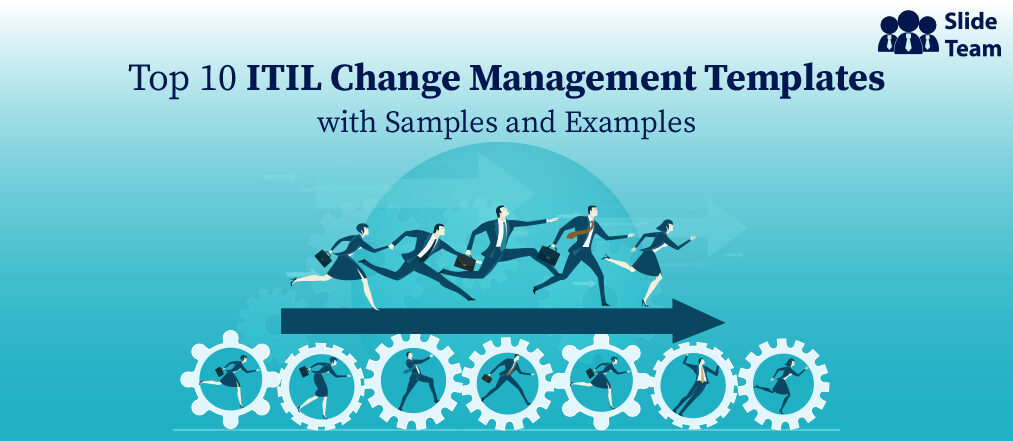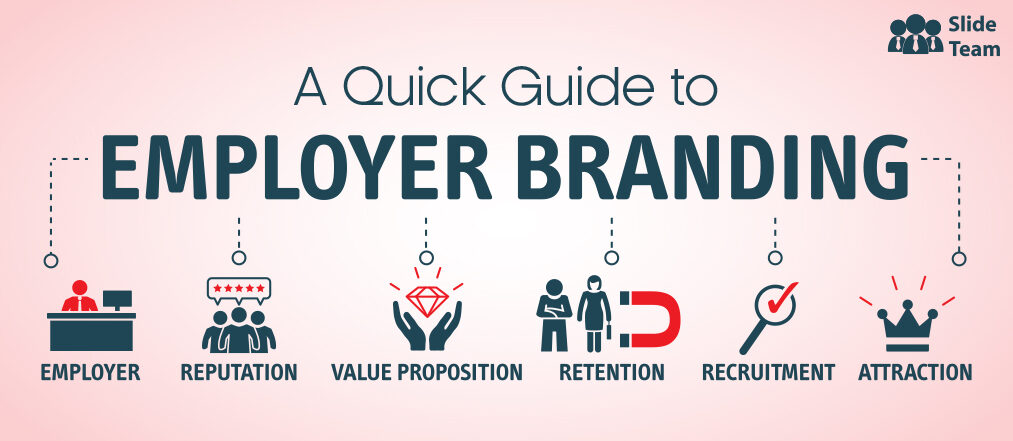Today, change management has become existential. The pandemic transformed change management frameworks while irrevocably transforming the work environment as we knew it. As a result, leaders who understand how to relate the change process to everyday business realities will thrive in the modern workplace and master its culture; those who don’t will struggle to gain the traction they need.
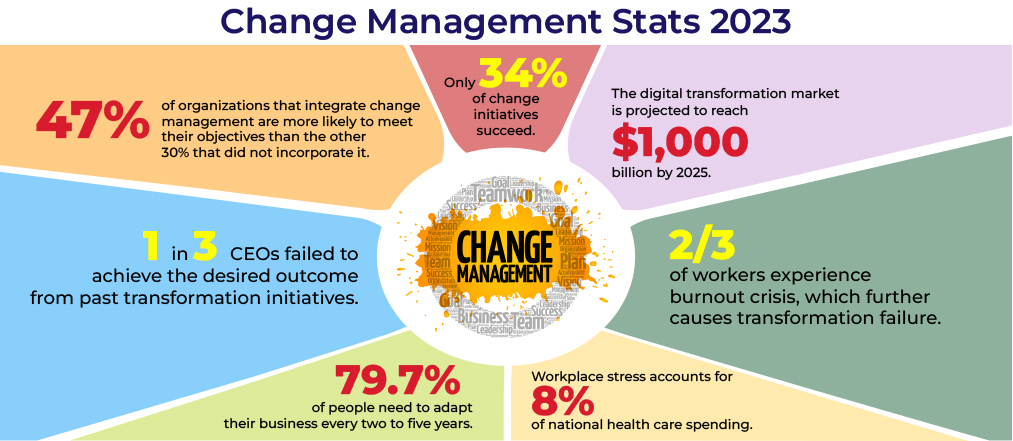
In today’s work culture, employees prefer to co-pilot the company’s transformation efforts in their search for glory. Against this backdrop, what separates a great organization from the merely good is its comfort with movement and advancement. This blog attempts to break new ground in tackling this pain point of organizations and offers proven solutions.
Before we outline our plan on how we will do this in our Table of Content, here is a look at the magnitude of the issue.
The Challenge
Employees worldwide report that organizational changes are affecting their jobs. Almost one-third of the US workforce doesn’t know why these changes are happening. This lack of understanding, and control, is a significant barrier to acceptance and commitment resulting in resistance or pushback to any kind of change.
Change managers must communicate to employees about organizational advancements with empathy. This narrative around change is the real failure point of most efforts. It is a common water-cooler organization conversation where employees sense that something is afoot, and express fear and complete confusion on the reason for the shift.
If you are responsible for creating and implementing change management strategies in your organization, this is the ultimate resource to help you set up a successful transition. We offer content-ready Change Management Templates, examples, and effective heuristics to ensure you master change, the basic ingredient to business success.
Table of Contents
- Identify the change
- Define your Vision for change
- Select Change Management Agents
- Develop a Change Management Framework
- Risk and Resistance in Change Management
- Change Management Implementation Strategies
- Cost of Change
- Feedback and Evaluation
- Change Management Examples
Steps to Master Change Management
Organizational Change management (OCM) can help organizations implement new ideas and strategies and make necessary adjustments when things go wrong. It can feel like a huge undertaking that requires enormous resources — time, money, and people. But doing nothing isn’t an option either. Then how do you get started with managing change in your company? If you want to know the solution, read on.
This blog will walk you through the process of effective change management for an agile work environment; getting employee buy-in into your efforts is more than half-the-battle won.
1. Identify The Change
Companies with openness to change stay competitive in an ever-changing market. While this seems clear, undergoing significant change requires identification of what needs to shift or be different. This realization needs to happen quickly; most high-performing businesses can do this real-time.
(If you want to communicate the need for change to your employees, use this PowerPoint Template to give them the right reasons. Click here to download this presentation on Change Management)
Indicators that signal a need for change are:
- Goals being missed: If the company is not achieving results it has set out to achieve, something needs modification.
- Market share loss: If the company loses ground to its competitors
- Going for new challenges or opportunities: Changes in the market or industry in which the company operates may create new challenges or opportunities. The management decides to take tough calls to harness the power of transformation.
- High operating costs: If the company is spending more money than it is making, a financial restructuring will set the ship right
- Low Employee morale: If employees are unhappy or unengaged, improving workplace atmosphere and productivity will require new energies and thought.
- Poor technology adoption: Technology can change business processes in the blink of an eye; if employees fail to cope and the management decides to foist it on them, there is a disaster in the making.
- Unhappy customers: If the company is losing customers or receiving negative feedback, having a delighted customer and a wonderful UX needs to be a priority.
2. Define Vision For Change
To achieve success in creating anything new, all stakeholders should actively develop the shared dream. Companies with a participatory outlook gain deeper commitments.
(This is how you can perform the gap analysis to achieve the desired goal. You can click here to download this PowerPoint Presentation on Change Management and streamline your transformation efforts.)
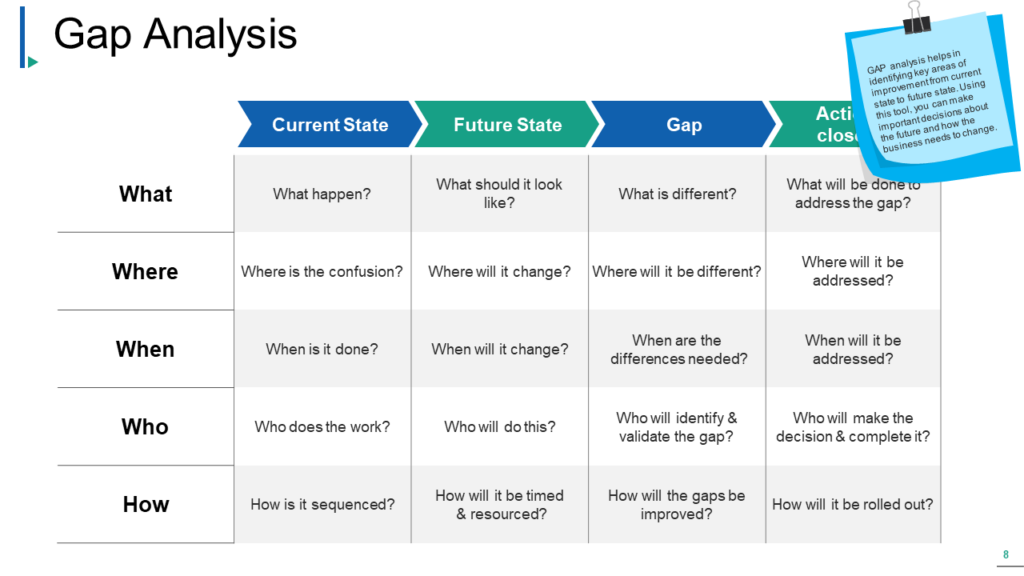
Benefits of Defining a Vision for Change
- Clear direction is charted out: A vision for change helps establish a defined purpose and generates curiosity about new initiatives.
- Aligns efforts: A vision for change helps ensure that employees work towards common goals and objectives.
- Easier narrative building: A clear vision makes it easier to communicate the organization's goals and build a narrative that just slices through any resistance.
- Measure progress: A clear horizon establishes novel benchmarks and metrics for success, helping track the progress of the transformation. Success begets success.
On how to define their vision for change, companies should have a clear problem to address. Then, it is flexibility, adaptability, and the willingness to review the impacts of the shifts as they begin to take hold.
3. Select Change Management Agents
No transformation is successful without an expert, and today’s change management agents are the men and women who make it roll for you.
Change Management Agents ( aka Change Champions or Change Facilitators) are individuals or groups responsible for overseeing and implementing organizational change. These can be the organization's employees or external consultants who are brought in to help facilitate the process.
(If you are looking for a valuable resource to assign the responsibility of change management to stakeholders, you must explore this educational guide. Click here to download this Presentation)
What are the roles and responsibilities of change agents?
The specific roles and responsibilities of change management agents depend on the exact scenario. These, however, are exceptionally skilled in:
- Identifying the need for change: These are responsible for assessing the organization's current state and identifying areas where new ideas will help a business.
- Developing a plan: This involves identifying the resources and steps needed to implement the transition, hurdles, and their resolutions included.
- Communicating change: Change management agents communicate the transition details to employees, customers, and other external parties (it might be need-based or a wholesome peak into the future, they decide)
- Providing support to employees: It involves training, answering questions, and helping employees understand the benefits of the switch. Change management agents also track progress and shift directions if required.
- Assessing the impact of the change: Evaluating the effects of the new ways of working and delivering the first verdict on these is also their key role.
Organizational changes are chaotic and disruptive without proper hand-holding and nuanced expert help. Change agents help you get over this major pain-point.
4. Develop Change Management Framework
A well-structured framework to introduce, sustain and manage novelty profitably helps ensure minimal disruption of daily operations.
Here is a standard set of steps in the Change Management Framework:
- Change Requirement: Usually, the change management agent does this for you. At your level of the business owner, it may be due to internal factors (business strategy or technology) or external reasons (market or regulatory environment).
- Develop a change plan: Your plan for implementing the change must include specific goals and objectives, a timeline, and a budget.
- Letting everybody in: As the primary face of the business, and the person where the buck stops, this involves holding meetings, issuing announcements, or providing training.
- Implement and review change: This step involves implementing the change, which may include changing processes, systems, or structures.
- Consolidate and embed the change: After successfully implementing change, it is essential to consolidate and embed it within the organization.
(If you are looking for a resource focused on Change Management Framework, this content-ready PowerPoint Presentation is ideal. Click here to download this editable deck.)
5. Risk and Resistance in Change Management
Organizations can increase the chances of successful change and drive better business outcomes with proactive risk management and addressing resistance with maturity and empathy. Having a realistic plan works.
How to Do Risk Assessment in Change Management?
- Recognize potential risks: The first step in risk assessment is to recognize and categorize these into technology, finances, personnel, etc.
- Evaluate the likelihood and impact of each risk: This helps prioritize risks, allowing you to address the ones most likely to materialize first.
- Develop risk mitigation strategies: This involves developing contingency plans, securing additional resources, or implementing additional controls.
- Monitor and review risks: Make necessary adjustments to risk mitigation strategies after regular reviews.
- Communicate risks and risk management strategies: It is important to communicate risk management strategies to stakeholders, especially on tactics or plans to manage these.
(You can use this Risk Matrix Template to prioritize risks and their mitigating strategies and monitor and review the effectiveness of those strategies. Use this tool to understand and manage the risks associated with change. Click here to download this template.)
Handling Resistance to change
Fear of the unknown is why change can be unsettling, and people may be afraid of the consequences it may bring. Another reason is confusion. People may resist change if they do not understand its rationale or how it will impact them. Loss of control, or its unfounded presumption, is definitely another cause that anything new is so scary!
Other reasons for squirming at advancement include lack of resources to cope with the material impact of change, inconvenience, past failures, personal values, and threats to the status quo.
Resistance to change is expected in every organization, and leaders must address it to ensure transition success. Here are some strategies for convincing employees to adapt:
- Communicate the rationale for the change
- Involve employees in the change process
- Provide training and support
- Address underlying concerns and fears
- Offer incentives
- Be open to feedback
- Be flexible
6. Change Management Implementation Strategies
A successful change management implementation leads to higher productivity and profitability; a failed bid can set organizations back by months and lead to business failure.
(If you are looking for effective change implementation strategies, you must explore this PowerPoint Presentation with content-ready templates related. Click here to download.)
Organizations, therefore, must perceive effective change management as a risk mitigation strategy and a cost avoidance technique to stay relevant and competitive. Some proven Change Implementation Strategies are:
1. Creating a Change Transition Plan
A transition plan defines a comprehensive strategy for implementing change within an organization. It includes a timeline, budget, and resources needed to implement the change, as well as a plan for communicating the change and addressing resistance. A change transition plan serves as a roadmap to success of the effort.
Elements of a change transition plan are:
- A clear and concise description of the change, including the reasons for walking down the new path, and its benefits.
- A timeline with key milestones and deadlines
- A budget, including any resources or funding needed
- A communication plan
- A plan for training and supporting employees
- A process for monitoring and evaluating the quality of the advances made
2. Communicating the plan
Communicating the change includes informing employees and other stakeholders about the plans to a greater level of competencies and what is needed, on the ground, from them.
(This PPT Slide entails a consolidated sales communication plan and works as a communication tools matrix to make every individual a part of the transformation process. Click here to download)
There are key elements to consider when communicating the change:
- Balanced, consistent messaging: Provide a clear and straightforward explanation for the change and its purpose. Avoid jargon or technical language. Emphasize the benefits.
- Be transparent: Be open and honest about the change, including any potential challenges or drawbacks.
- Encourage dialogue: Encourage open communication and invite questions and feedback.
- Use multiple channels: Use many channels to communicate the change, such as email, meetings, and informational flyers, to reach all employees and stakeholders.
3. Change Management Training
Change management training involves educating employees about the reasons for the change, how it will impact their work, and any new processes or procedures to be put in place. You can provide training through classroom instruction, online courses, or workshops.
Some benefits of change management training include:
- Improving understanding and awareness
- Building skills and knowledge
- Reducing resistance to change
- Improving the chances of success
4. Timeline for implementation
The timeline should include a start date and end date for the change, as well as intermediate milestones and deadlines. Some best practices for developing a timeline for implementation include:
- Realistic and achievable deadlines: Avoid setting unrealistic deadlines. Be realistic about the time it will take to complete each new step.
- Allowing for contingencies: Anticipate the potential challenges or delays and allow for some flexibility in the timeline to account for these contingencies.
- Involving all stakeholders: Solicit suggestions from all stakeholders in developing the timeline, as their input and feedback can be valuable in ensuring that the timeline is realistic and achievable.
(Explore this comprehensive presentation that will guide you on creating a change management timeline and streamlining the entire journey. It contains 12 slides that focus on developing an actionable timeline. Click here to download this editable PPT Presentation)
5. Sustaining the momentum
Sustaining momentum refers to the process of keeping the change going after implementation. It helps to ensure that the change becomes embedded in the organization's culture and is not simply a short-term solution.
Strategies that organizations can use to sustain the momentum of the change are:
- Continue to communicate about the change: Keep communication lines open and continue to provide updates and information.
- Celebrate successes: Recognize and celebrate milestones and successes.
- Offer ongoing support: Provide ongoing support and resources to help employees adapt and succeed.
- Monitor and evaluate change: Regularly assess the impact of the change and gather feedback from employees.
- Encourage continuous improvement: Encourage a culture of continuous improvement and have employees identify ways to optimize and create their own sub-process within the broader framework.
7. Cost of Change
The cost of change is often underestimated, but it is a crucial aspect to consider. It includes expenses on training employees on the new processes or systems or the productivity or revenue forgone in adapting to existing systems or processes to accommodate the new. It can also include indirect costs, such as the opportunity cost of employees spending time on change-related activities instead of other work.
Understanding the cost of change is important because it can help organizations determine whether a proposed change's benefits justify the resources required.
If you struggle to calculate the cost of change for your business, here’s a helpful guide. Explore this helpful tool today to implement a successful change. Click here to download this customizable Presentation.)
8. Feedback and Evaluation
Feedback and evaluation are the final steps in the change management process, as it allows organizations to review and assess how they have fared and the learnings that need to be taken home. This can involve gathering feedback from stakeholders such as employees, customers, and suppliers, as well as collecting data on key metrics such as productivity, efficiency, and customer satisfaction. By analyzing this information, organizations can determine whether the change has achieved its desired outcomes and identify any areas for improvement. Improvement in change management procedures needs to happen as close to real-time as possible.
It is also a valuable opportunity to appreciate and applaud the efforts of those who have been involved in the change process and to identify lessons learnt for future application.
Strategies that organizations can use to get effective feedback and evaluation in change management are:
- Use data sources: Collecting data from multiple sources, such as surveys, focus groups, and performance metrics, can provide a more comprehensive view of the change process and its outcomes.
- Establish clear evaluation criteria: Defining clear evaluation criteria upfront ensures that a good feedback loop is created.
- Regularly review progress: Scheduling regular check-ins to review progress and gather feedback can help in early resolution.
- Communicate results and follow up on actions: Sharing the results of the evaluation process with stakeholders and following up on any actions identified is critical in ensuring that the feedback and evaluation process are taken seriously.
(One of the best ways to collect feedback is to provide a questionnaire to understand the stakeholders’ transition experience. You can use this PPT Slide to prepare it. Click here to download.)
9. Change Management Examples
Some big companies that have undergone successful Change Management are Microsoft and Adobe.
Microsoft
In Microsoft, the most significant changes occurred under CEO Satya Nadella, who took over in 2014. Nadella shifted the company's focus from its traditional Windows operating system and desktop software to cloud-based services and mobile technology, which required significant changes to product development, engineering processes, and sales and marketing strategies. He introduced changes to the company's organizational structure and culture, making it more open, inclusive, and collaborative.
Cross-functional teams were encouraged to work together, with diversity and inclusion emerging as the key mantra. On a material level, the "Windows-first" to "mobile-first, cloud-first" approach prioritized the development of mobile and cloud offerings over traditional desktop software. This change has allowed Microsoft to adapt quickly to the industry, keep pace with market demands, diversify its portfolio and emphasize cloud services, AI, and other related services. It continues to be the leader.
Adobe
Adobe, a multinational software company, recognized the need for changes in its HR functions as it was transitioning from a traditional software business to a cloud-based subscription model. The change management initiative was aimed at improving employee engagement and enablement and included a new performance management system that replaced the traditional annual performance review process with a more continuous and collaborative approach. This system emphasized the importance of regular check-ins and goal setting and provided employees with more regular feedback and opportunities for development.
To support this, Adobe established an internal talent management program and invested in employee training and development. Additionally, it restructured its compensation system to provide a more flexible and performance-based approach.
These changes helped Adobe to attract, retain and develop a talented workforce that could better support the company. It remains a relevant business force even today.
(If you are looking for another comprehensive guide on Change Management with processes and frameworks, you must explore this PowerPoint Deck for complete assistance. Click here to download this editable PPT Template)
Conclusion
Change management is a priority for organizations in today's rapidly evolving business environment. Along with implementation strategies, real-time review of change management processes can help organizations build the resilience and agility needed to thrive in an increasingly dynamic world.
We hope this guide on change management has been helpful and that these templates will assist you well. If you have any additional questions or want more information, our team is here to support and help you succeed with its custom design services, YouTube videos, and best-in-class presentation templates. Thanks for reading!
PS: If you are struggling to create a strong employer brand and stand out in this competitive job market, you must explore this comprehensive guide on how to create effective Employer Branding strategies.


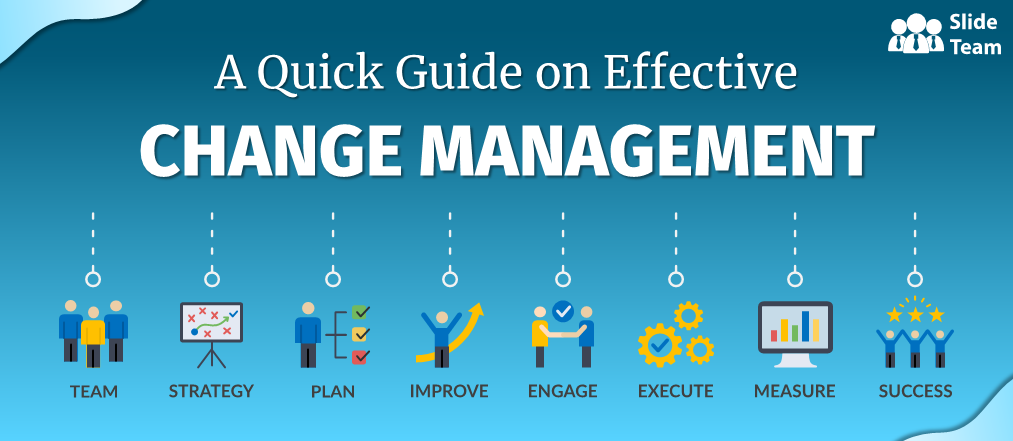


 Customer Reviews
Customer Reviews

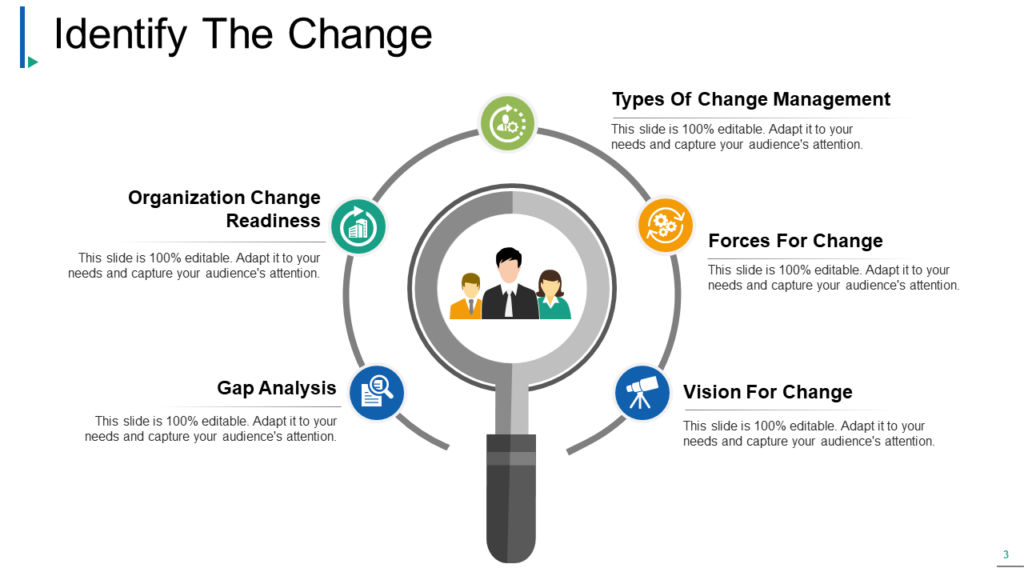
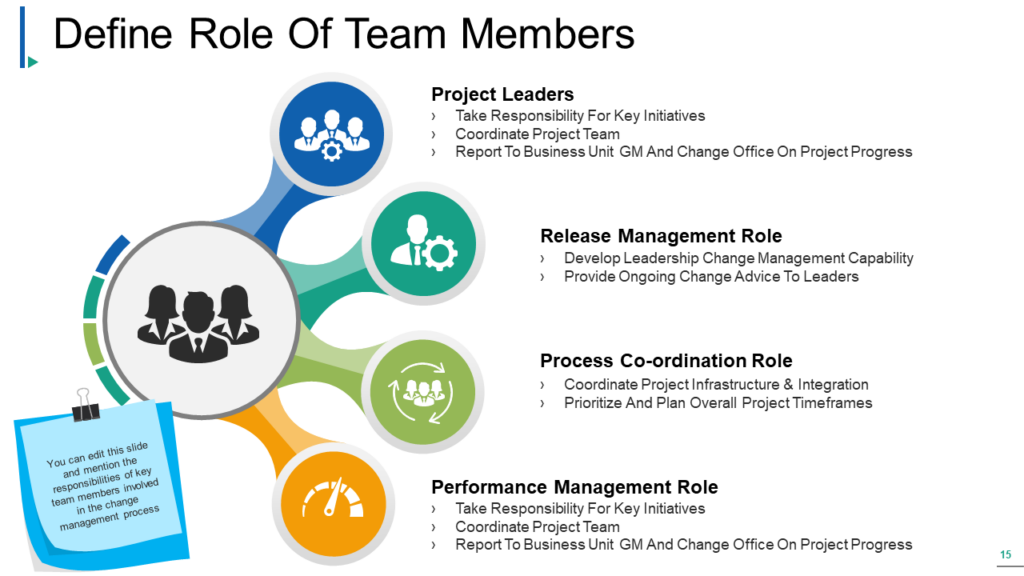

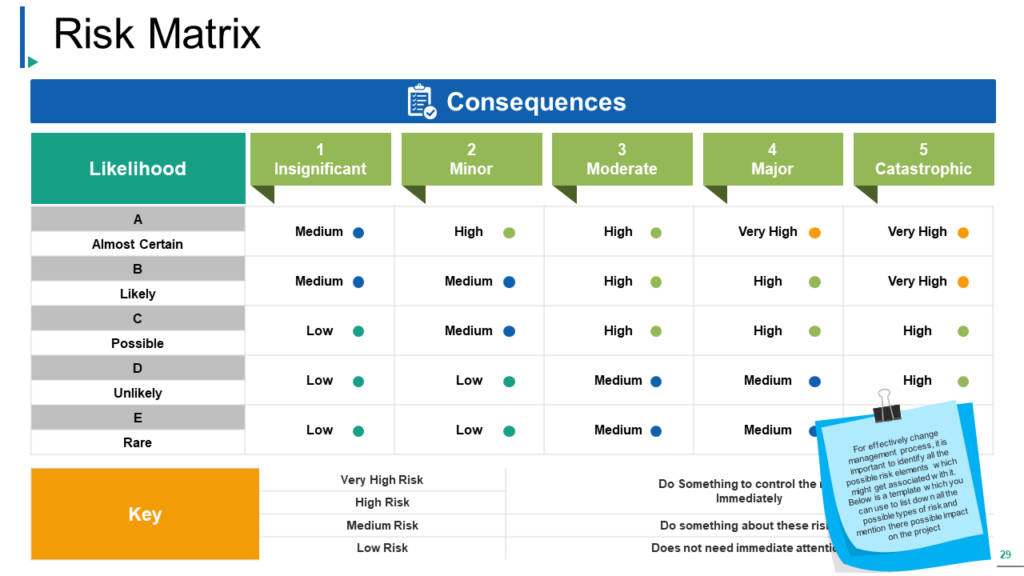

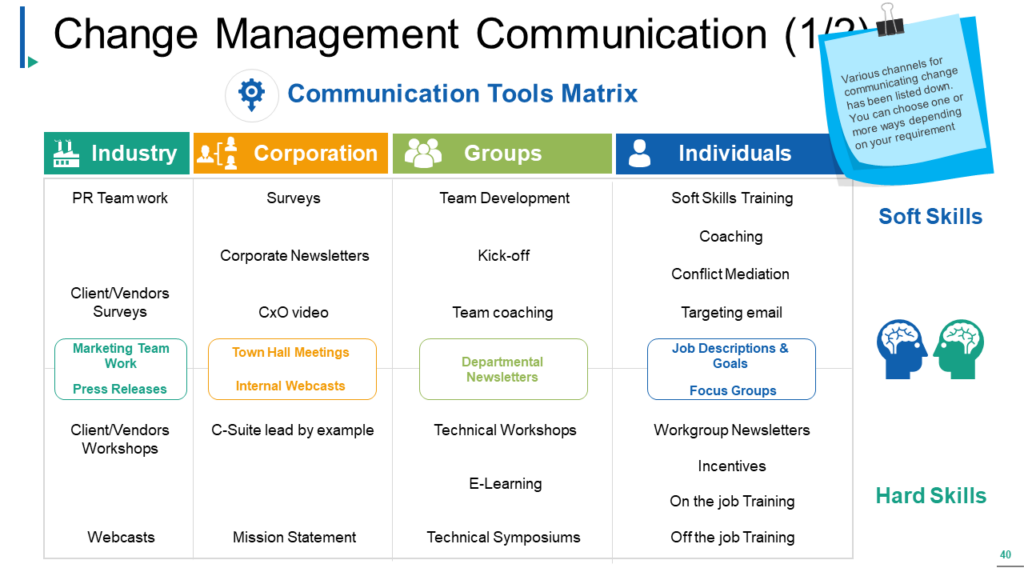
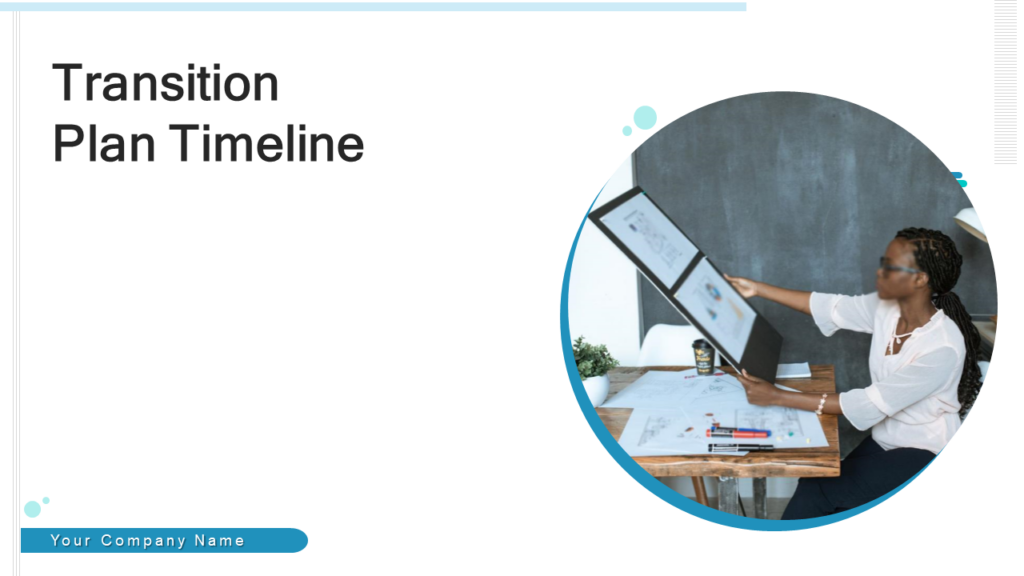
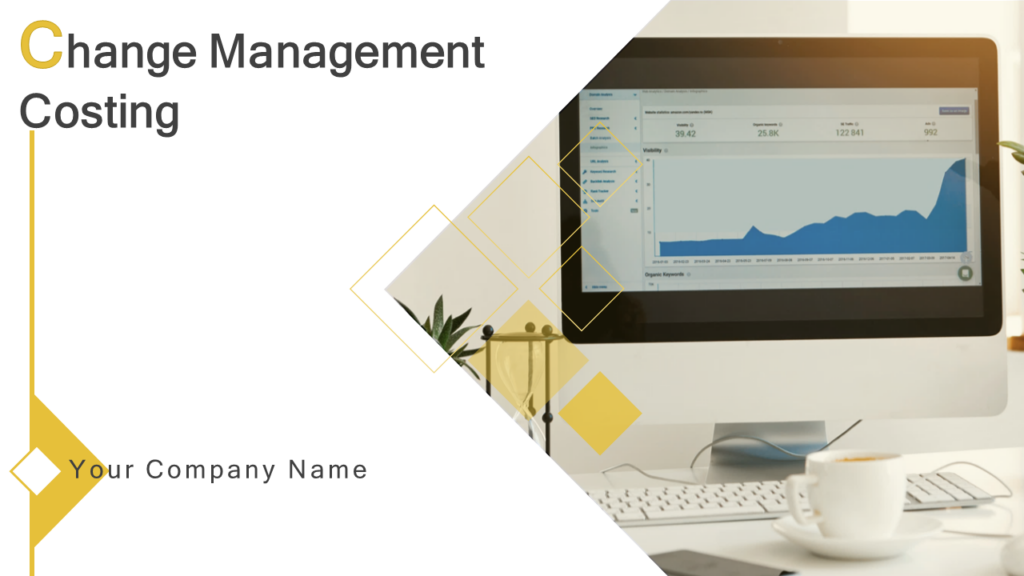
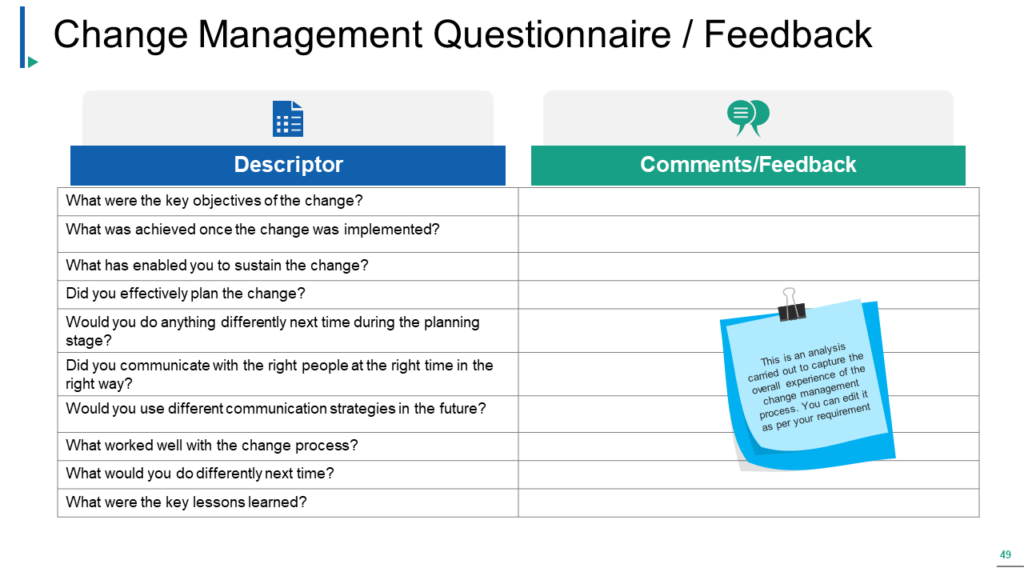
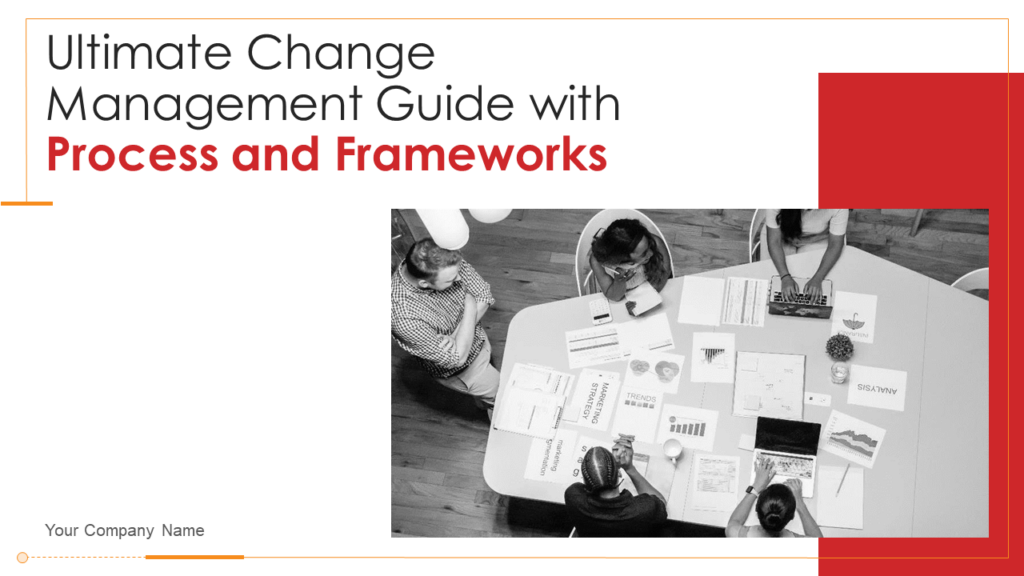



![A Complete Guide to Diversity & Inclusion Training for Corporate Employees With Training Material Included [Free PDF Attached]](https://www.slideteam.net/wp/wp-content/uploads/2022/03/Diversity-Inclusion-Training_1-1013x441.png)
![[Updated 2023] Top 13 Templates to Present Change Management Communication in Your Organization](https://www.slideteam.net/wp/wp-content/uploads/2021/10/Change-Management-Communication-templates-1-1013x441.jpg)
